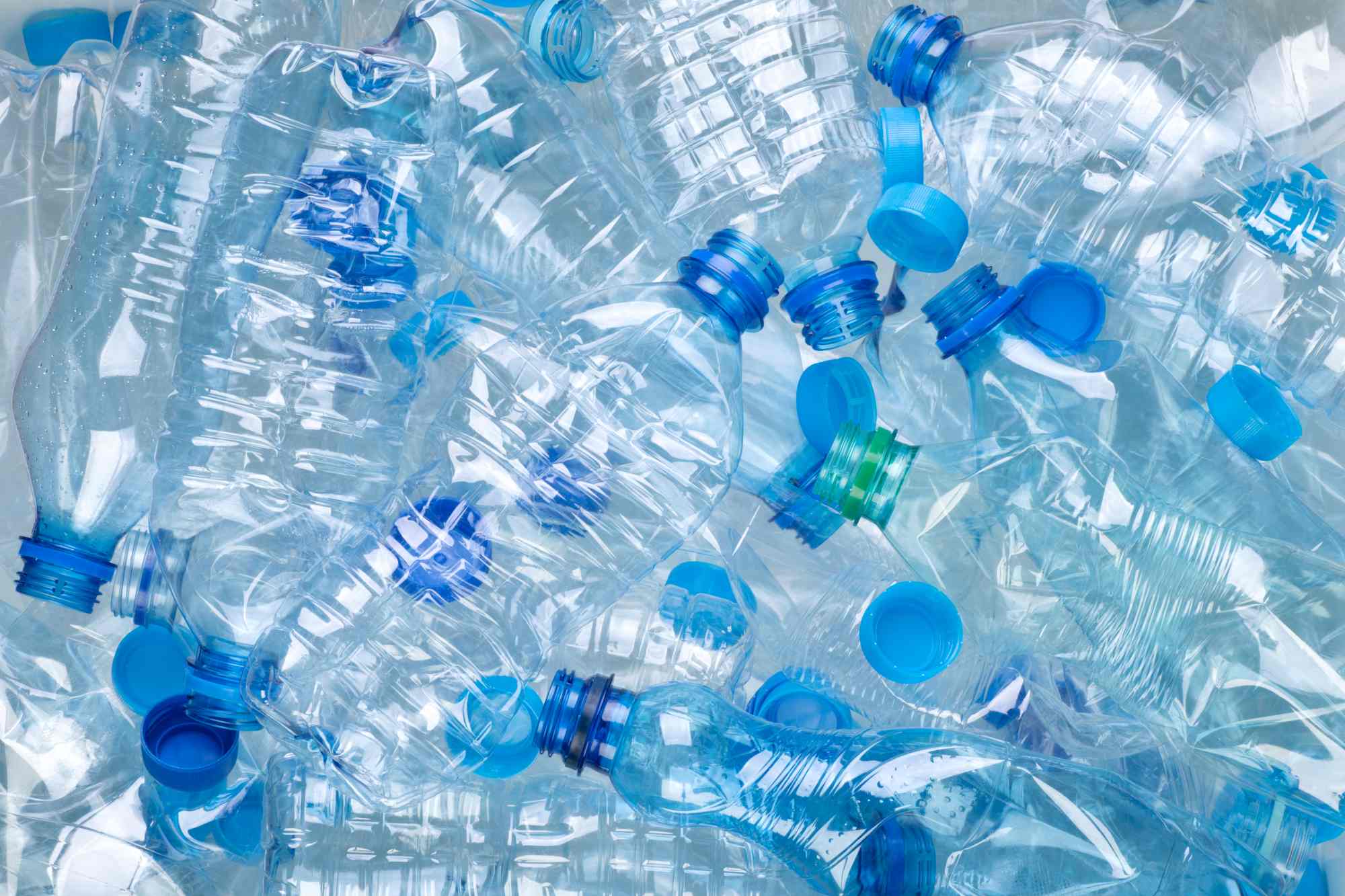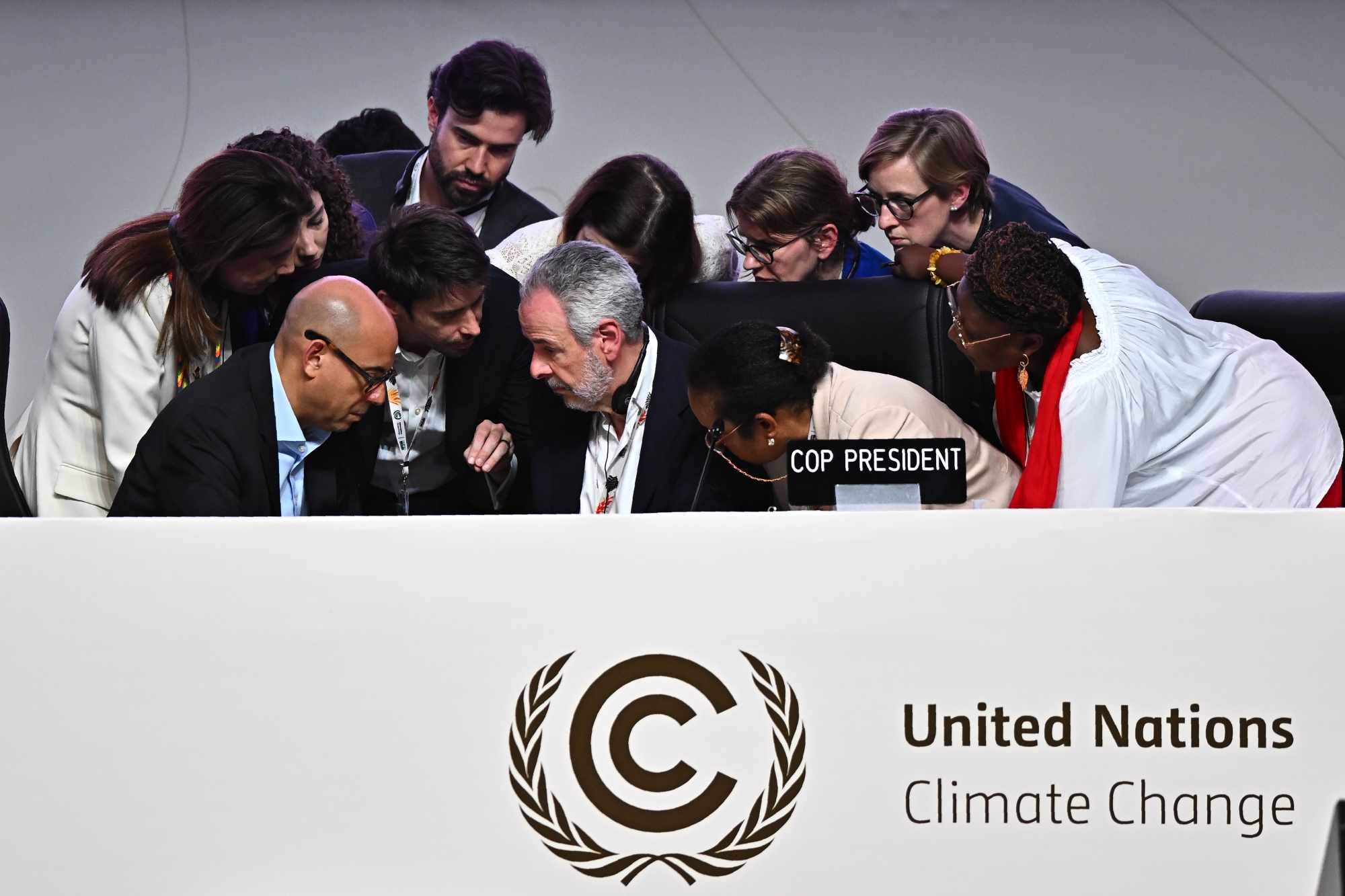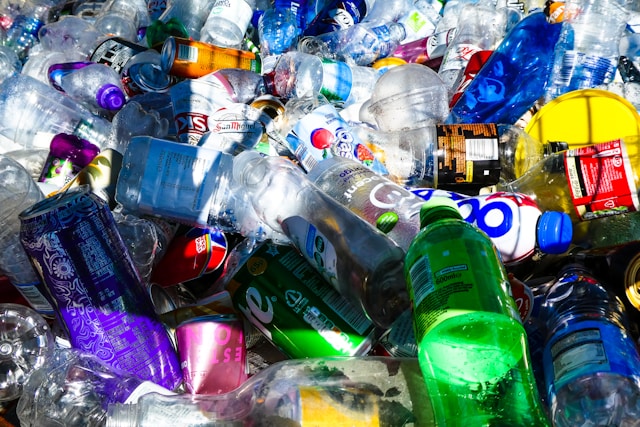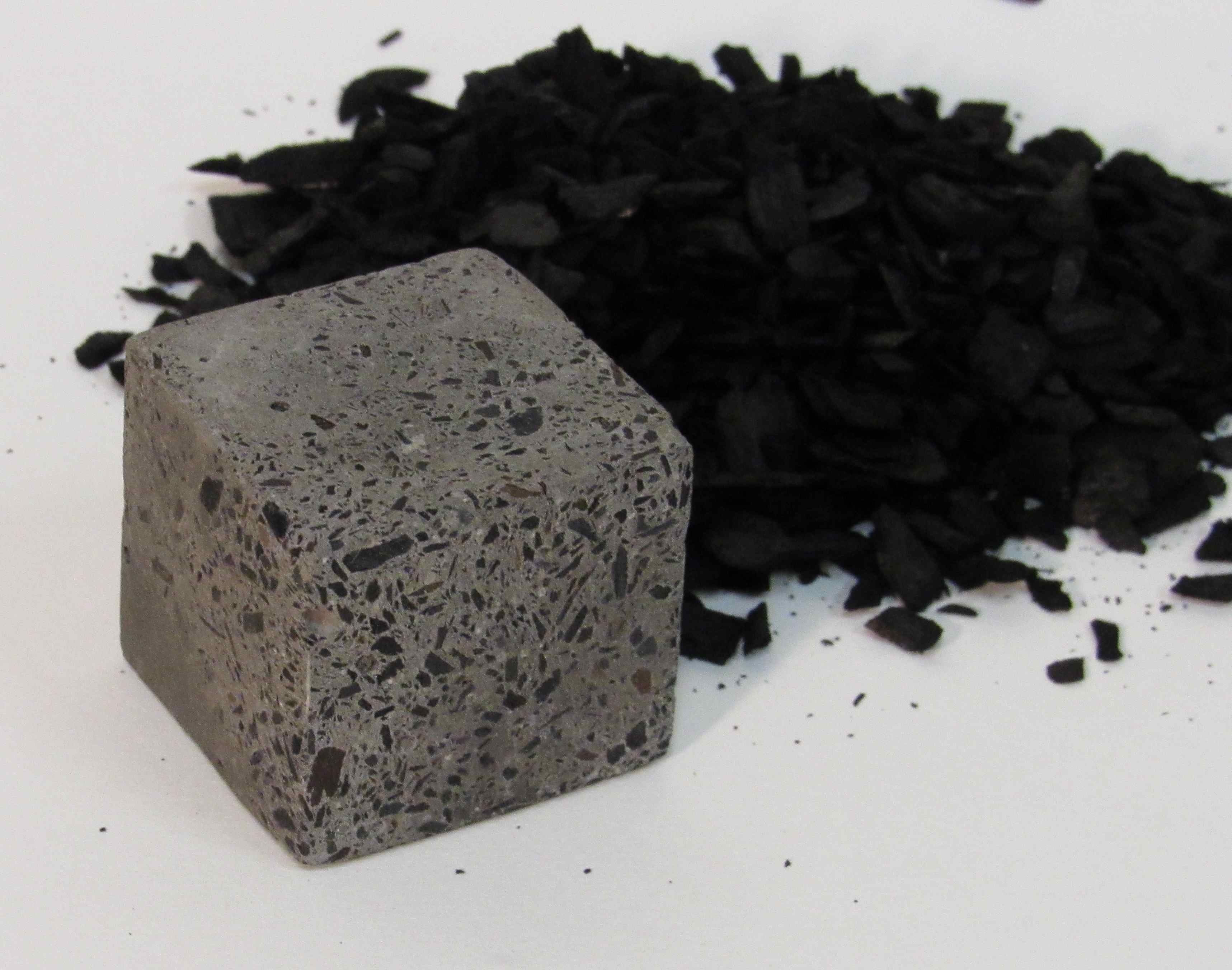A method is developed to recycle plastic waste into a base molecule for cancer drugs
Recycling household PET waste—such as plastic bottles—using a new chemical process could generate a compound useful for synthesizing drugs, according to a study published in the journal Angewandte Chemie International Edition. The team discovered that, thanks to semi-hydrogenation, the waste could be broken down into a compound called EHMB, which is key to producing the cancer drug imatinib, a chemotherapy drug called procarbazine, and the insecticide fenpyroximate.









